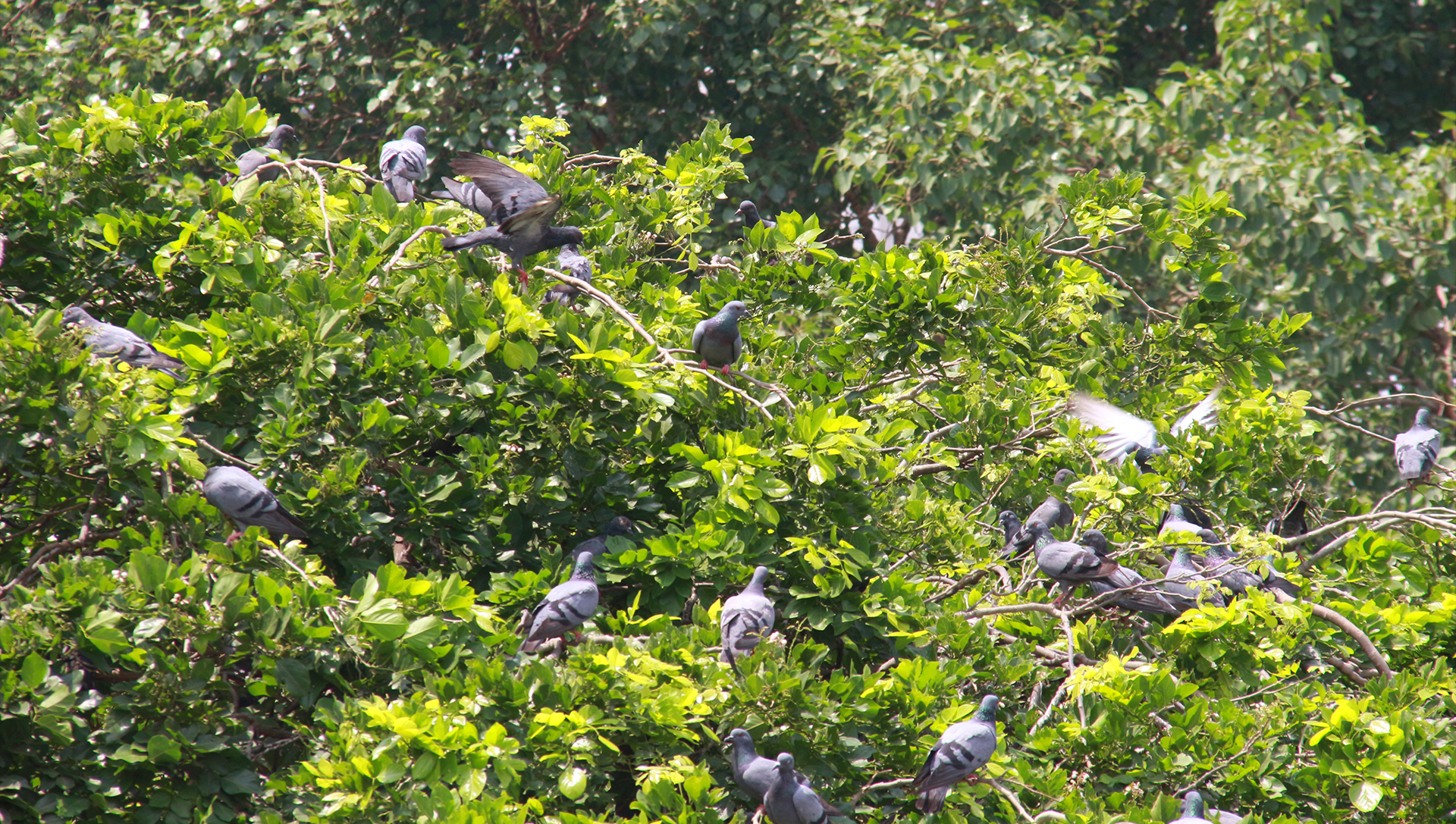

NEW DELHI: In a conspicuous effort to preserve the endangered avifauna, ornithologists are banking on genome resource banking (GRB).
Salim Ali Centre for Ornithology and Natural History (SACON), a research institute in Tamil Nadu, has come forth with a ‘draft action plan’ that will be implemented in all 17 states in five zones including Delhi-NCR as a part of conserving bird species in India.
The draft plan emphasises on “developing methods for procreating and conserving select Rare Endangered, Threatening (RET) bird species using surrogate species and a state-of-the-art genome resource banking facility for cryobanking viable biomaterials from RET bird species”.
Speaking with The New Indian, Manu Singh, an environmentalist based in Delhi, said, “When species have pushed to the threshold of extinction by human intervention then protecting and nourishing them via the same must be welcomed by all, on the precondition that the process should be pivoted around acute scientific acumen and thorough research. Although these measures should always be secondary, direct conservation and mitigating habitat destruction should be the prime activity of the authorities.”
The plan for the conservation of avian diversity includes developing methods for procreating and conserving select RET bird species using surrogate species and creating a state-of-the-art genome resource banking facility for them.
Delhi-NCR accounts for almost one-third of the aggregated bird species found in India. Out of 176 avian species in India more than 70 are found in Delhi which falls under 446 species recorded since 1970. Delhi has altogether nine protected areas and eight important bird areas.
GRB refers to a systematic collection, storage, and re-distribution of biomaterials securely. The banks contain biomaterials and associated essential genomic information.
The avian GRB stores gametes and embryos of threatened species. Later during the breeding programs, these gametes and embryos are used to evade extinction or increase the number of endangered species.
The significance of a GRB is that it will cater for a multidimensional purpose. This is a biological storehouse of samples that will serve bird to bird specific protocols for rare, endangered and threatened species. The major benefits are reproduction and preventing extinction.
Experts state that biobanks are of immense importance for reviving critically endangered avian species.
The state-level plan will be drafted by SACON for the next 10 years which would include their ecosystem, habitats and landscape of the North zone.
There have been ample studies that have focused on conservation issues, however, “species-specific studies” still lack.
Issues enlisted for wetlands include high pollutant levels, the stunted flow of river Yamuna, encroachment in the form of the building- concretization, and construction of bridges.
The draft suggests measures such as species-specific plans monitoring and evaluation of implementation, and identifying suitable alternative sites play a crucial part here.
To mention separately curbing illegal trafficking of birds in India should, a law that’s been in existence since 1990 should be implemented strictly and thoroughly.
India harbours 1340 species which is around 13 per cent of the total avifaunal species found in the world of which 78 species are endemic to India and 103 are threatened according to the draft plan of Delhi – NCR.
At present Delhi-NCR have five critically endangered, seven endangered, 24 near threatened, 16 vulnerable and 392 least concern species.
Owing to high-speed urbanization and changing weather, the country’s flora and fauna are threatened with extinction. Birds and animals with their habitats, particularly outside protected areas, are under severe pressure from anthropogenic activities.
GRB once set up, will contribute to preserving the species throughout the length and breadth of the country.